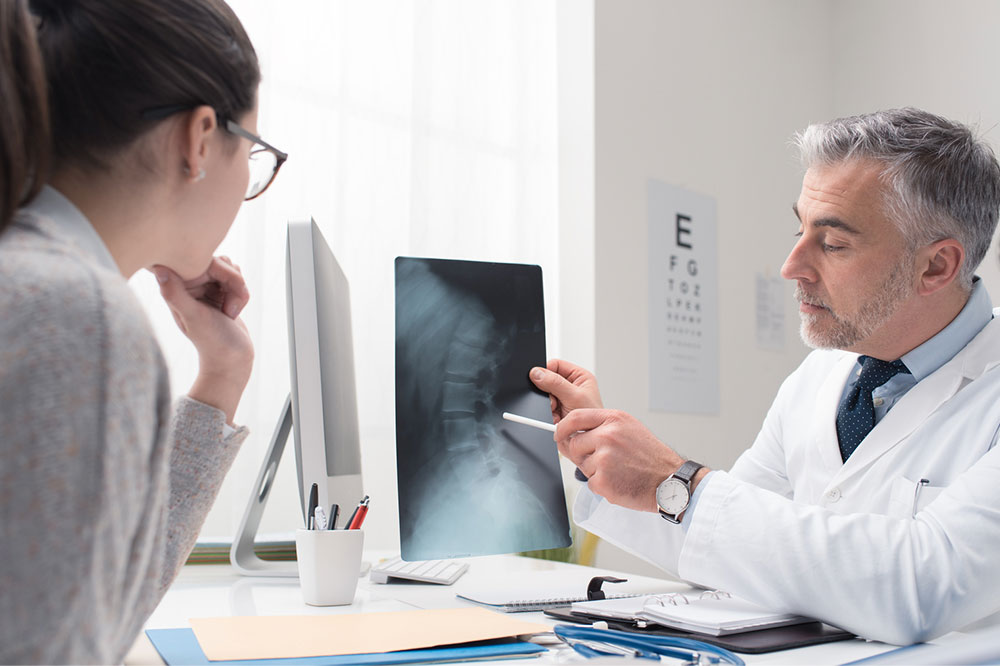
5 Important Questions to Ask a Radiologist
A radiologist is someone who helps diagnose and treat injuries or illnesses identified through the process of imaging procedures or also called radiology. These procedures include tests like X-rays, MRI, CT scans, and even ultrasound. It is important to ask as many questions as possible when getting a diagnosis related to health and not feel lost through the process. Here are some common questions you can ask your radiologist when you see him next.
Why do you need the test?
If you are unsure why you need certain tests, asking your radiologist can provide clarity. This is a fundamental question to ask. The doctor knows best, but knowing the reason for these procedures is important to understand your illness better. Knowing why this test is needed is important to know how the process works. Speak to the radiologist to know how this test can help diagnose the issue and what the possible outcomes are.
Are there any side effects of the test?
Imaging tests are generally considered safe, but it’s always a good idea to ask about potential risks or side effects before undergoing them. With so much technology involved, it’s possible that important details may be overlooked, so it’s best to consult with a radiologist who can provide a comprehensive understanding. Don’t hesitate to ask any questions you may have to ensure a thorough assessment.
What is the procedure for the test?
Getting these tests done can create anxiety in some people, which is very natural. So asking questions related to the procedure and process of the testing may help with any stressors. A radiologist will be able to address any concerns related to how you need to prepare for the tests (if there is any prep required, that is), how long the procedure can take, or what all are the steps involved during the whole process.
If you are scheduled for an MRI, it is important to know that no metal should be present on your body. Additionally, if you have undergone any previous surgeries that involved the placement of a device or object in your body, it is crucial to inform your physician before the procedure. Understand if you can go near the machine or if there is any other alternative procedure that can help you get a detailed diagnosis. Having this information beforehand is crucial when running such imaging tests.
What are the different imaging tests?
It is important to understand the different radiology techniques or modalities that are used and available in today’s day and age. Each technique has certain advantages and limitations. Understanding them may help you understand why the doctor has recommended a particular type of test over others. Here are some of the modalities:
X-rays
This form of electromagnetic radiation led to the whole field of radiology. Using ionizing radiation, an X-ray machine creates an image of whatever is passed through it. This machine can show bones and the internal structure of the body. These images are referred to as plain films or radiographs. These images show the difference in density and are used to identify any issues related to the lungs, bones on extremities and any spine imagining, bowel gas, kidney stones in the pelvic area, and bones on chest radiographs. These machines are widely available and are relatively inexpensive to have tests on. A disadvantage of this technique includes that it emits harmful ionizing radiation, which can damage cells.
Within the X-ray technique, three different kinds of tests are performed: radiography, fluoroscopy, computed tomography scan, or CT scan as is popularly known.
Ultrasound
This technique, unlike X-rays, uses a non-ionizing form of radiology. This uses sound waves to create images of the internal organs. These sound waves interact with the tissue inside and return an image to the screen, showcasing the inside of the body. This technique is usually used to examine organs like kidneys, spleen, ovaries, gallbladder, liver, pancreas, and other organs. They are also used to monitor the health of fetuses to help the mother and guardian know how the baby is doing inside. One of the advantages of this technology is that it is relatively inexpensive to get an ultrasound and does not have any harmful radiation. However, a disadvantage is that it requires a skilled sonographer or a radiologist to operate the system.
Magnetic resonance imaging
Also known as MRI, it uses a non-ionizing form of radiology by using radio waves and magnetic fields to take a deeper look inside the body. What makes it more refined than ultrasound is that it can make out the difference between the different soft tissues inside the body and give a clearer picture of the inside of the body. Detecting any masses in the abdomen, pelvis, any bone infection are some things that an MRI can help diagnose thoroughly. The advantage of this technology is that it has a superior resolution and can differentiate between soft tissues, but the disadvantage is that it is an expensive procedure. The tests can often be long, and the machine is sensitive to metal, motion, gas, and breathing.
These are some of the common and popular types of imaging techniques that the radiologist will be able to explain.
What do the test results mean?
Once you have got your tests done, waiting for the results can be overwhelming. First, speak to the radiologist and know the expected date of results so it may help your stress levels. After securing a date, you can arrange future appointments with the radiologist and other doctors. It’s crucial to schedule a meeting with your physician to review the findings and formulate a course of action for any health concerns.
It’s always a good idea to inquire about your radiologist’s qualifications, certificates, and degrees. This will ensure you receive advice and prescribed tests from a legitimate professional. It’s important to know your doctor’s qualifications, especially since they will be diagnosing and treating your illness and helping you recover.


